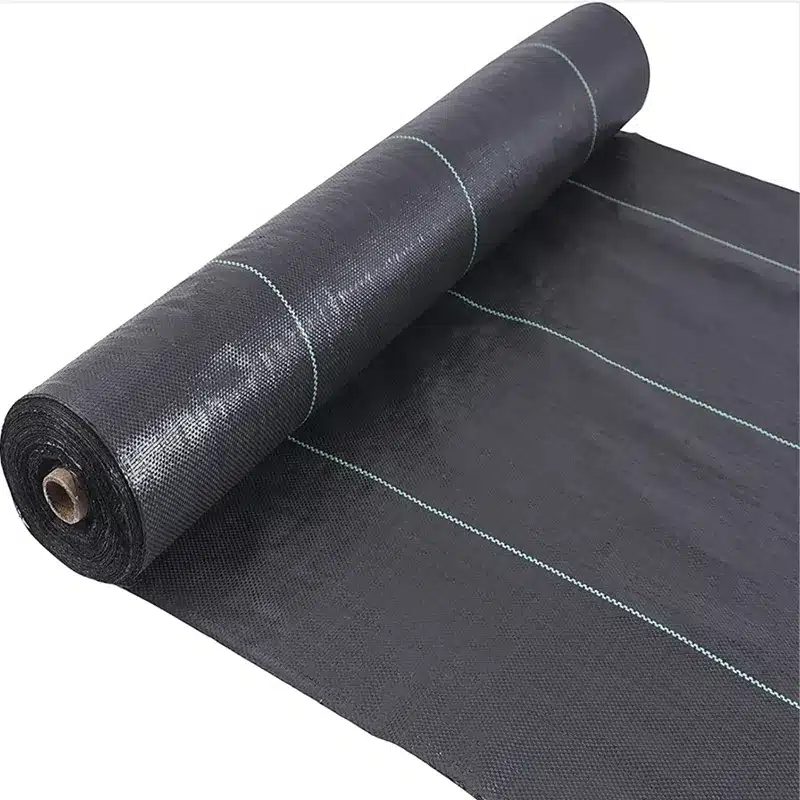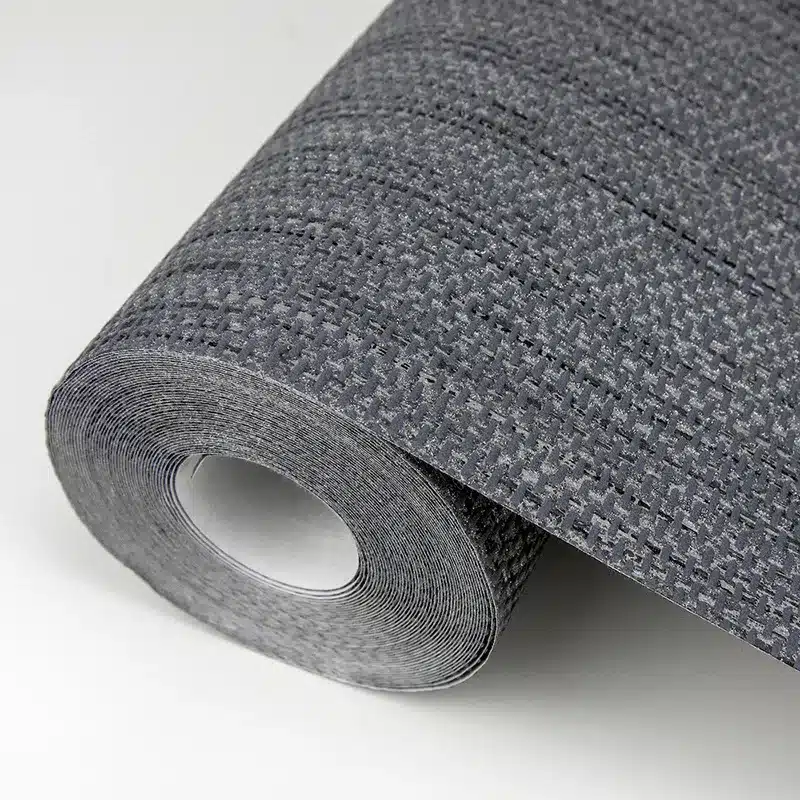+86-159 9860 6917
info@geofantex.com
geofantex@gmail.com
+86-400-8266163-44899
Drain field fabrics and landscape fabrics are both types of geotextiles with some similarities but also distinct differences. While our landscape drainfield fabric serves as lightweight landscape fabric, it also has dual functionality.
What Is A Drain Field?
Drain fields, also known as leach fields, are crucial in filtering contaminants and impurities from liquid discharged by septic tanks.

Drain Field Fabric:
Drain field fabric shields sand filters in drain fields from soil particles that can obstruct and harm them.
Landscape Fabric:
Landscape fabric is utilized for garden layouts and other landscaping projects. It holds soil in place, prevents weed growth, and allows water, air, and nutrients to permeate. Once laid down, mulch or cedar chips can be spread on top. Landscape fabric is typically heavier and less permeable compared to drain field fabric.
Both types of fabric come in various widths suitable for different projects, with common sizes being 3 feet, 4 feet, and 6 feet, although larger widths are also available. Both fall under the category of geotextile.
Geotextiles:
Geotextile fabrics find application in a range of drainage, engineering, and landscaping endeavors. These synthetic fabrics are permeable, facilitating the passage of gases and fluids. This property makes geotextiles ideal for creating barriers while allowing the free flow of water and air.
While both landscape and drain field fabrics are classified as geotextiles, they serve vastly different purposes: landscape fabric acts as a physical barrier, whereas drain field fabric functions as a filter.
Geofabrics:
Geofabrics are tailored for use in both landscaping and drain fields, offering multifaceted benefits. They enhance soil stability by reducing erosion and improving drainage. This concept isn’t new; ancient Egyptians used fabrics in conjunction with vegetation to foster healthier growth. Modern geofabrics are made from non-biodegradable materials, ensuring longevity in garden and construction applications.
Geofabrics are categorized into three types: woven, non-woven, and hybrid. Non-woven fabrics are preferred in drain fields and for erosion control and pavement overlays. Woven fabrics provide durability and strength but are not suitable as filters in drain fields. Hybrid geotextiles combine the strength of woven fabrics with the permeability of non-woven fabrics, offering versatile solutions for heavy-duty landscape applications.



Get Free Sample
We’ll respond as soon as possible(within 12 hours)





















